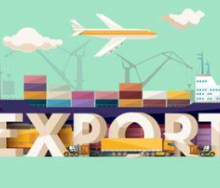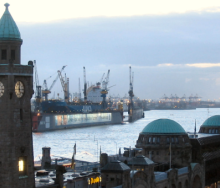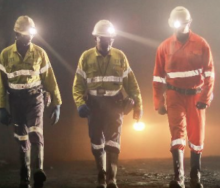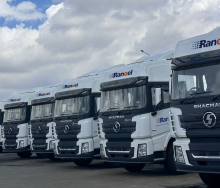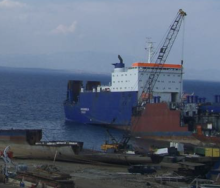Too many fleet owners are digitally unaware of what their drivers and trucks are up to, despite the operational change-making potential that high-tech platform tools have to offer, telematics expert Renko Bergh has said.
The co-founder of CtrlFleet told a Transport Forum gathering focusing on “Digital Dynamics” that software optimisation uptake in South Africa remains underutilised.
“Essentially we find many logistics operators that are working in a disjointed and sometimes frustrating environment, where they don’t have a grip on the complete control of operations."
He cited several challenges facing a changing transport sector, especially generational hesitancy to adopt telematics and the wide-scale distribution of digital tools to drivers.
“That’s a space we are particularly interested in,” said Bergh, who heads up strategic expansion at CtrlFleet.
“As software providers, we are essentially empowering a workforce that traditionally has not been able to get onto the digital chain where driver and cab solutions are part of the ecosystem."
Although the uptake of telematics remains slow, it is encouraging to notice that there is a “reshaping of the landscape of freight and logistics”, to paraphrase the theme of the Forum held in Pretoria on July 11.
Positive change, as in speeded-up utilisation of digital tools, is also necessary to absorb incoming challenges, Bergh said.
He noted a World Bank report stating that only 12% of intra-regional trade on the continent is between African countries, stressing that this could change if cross-border transport was optimised.
“Transport is going to be key in answering the demands of enhanced trade. Global growth is tipped to take the world’s population to eight billion people by 2030, and more people means more commerce and more goods that need to be moved.
“The onset of rapid urbanisation means transport is going to play an immense role.”
Bergh also pointed out that Africa’s context is vastly different to the rest of the world. “Statistics show that transport costs in Africa are way higher than in the rest of the world and yet our quality of transport is rated lower than it is elsewhere.”
This “paradigm of higher cost but lesser quality” continues to be dominated by human-intense operations, weighed down by paper-based management and costly labour rates that impedes the potential for running more efficient services.
“Through more digital optimisation, we can get costs down and quality back up,” Bergh said.
“The introduction of containerisation into the global supply chain brought about a monumental shift. Where we are today, in the fourth industrial revolution, and the almost positive disruption of where the transport industry is now, the impact of digitisation and all the tools available to the sector brings us close to what was experienced under the advent of containerisation.”
To understand the importance of having “cyber” eyes where the rubber hits the road, one only need to look at where foreign direct investment (FDI) predominates, Bergh said.
“Logistics keep ranking in the top three of typical infrastructure investment, with FDI increasingly flowing into logistics and freight.”
Bergh added that is also worth noting that the road freight industry is finding an elixir for endurance through de-aging.
“The younger generation of logistical operators are increasingly coming into decision-making roles. We see this balance of dance and experience with new technology.
“In a typical transport operational control room, these dynamics are playing and blending into traditional ideas of how operators should manage things like road conditions and mechanics.”
Ultimately, digitisation should not be seen as a silver-bullet solution for fleet management concerns, he added.
However, through change management and tech adoption, fleets could be more efficiently managed by “marrying drivers with digitisation”.


